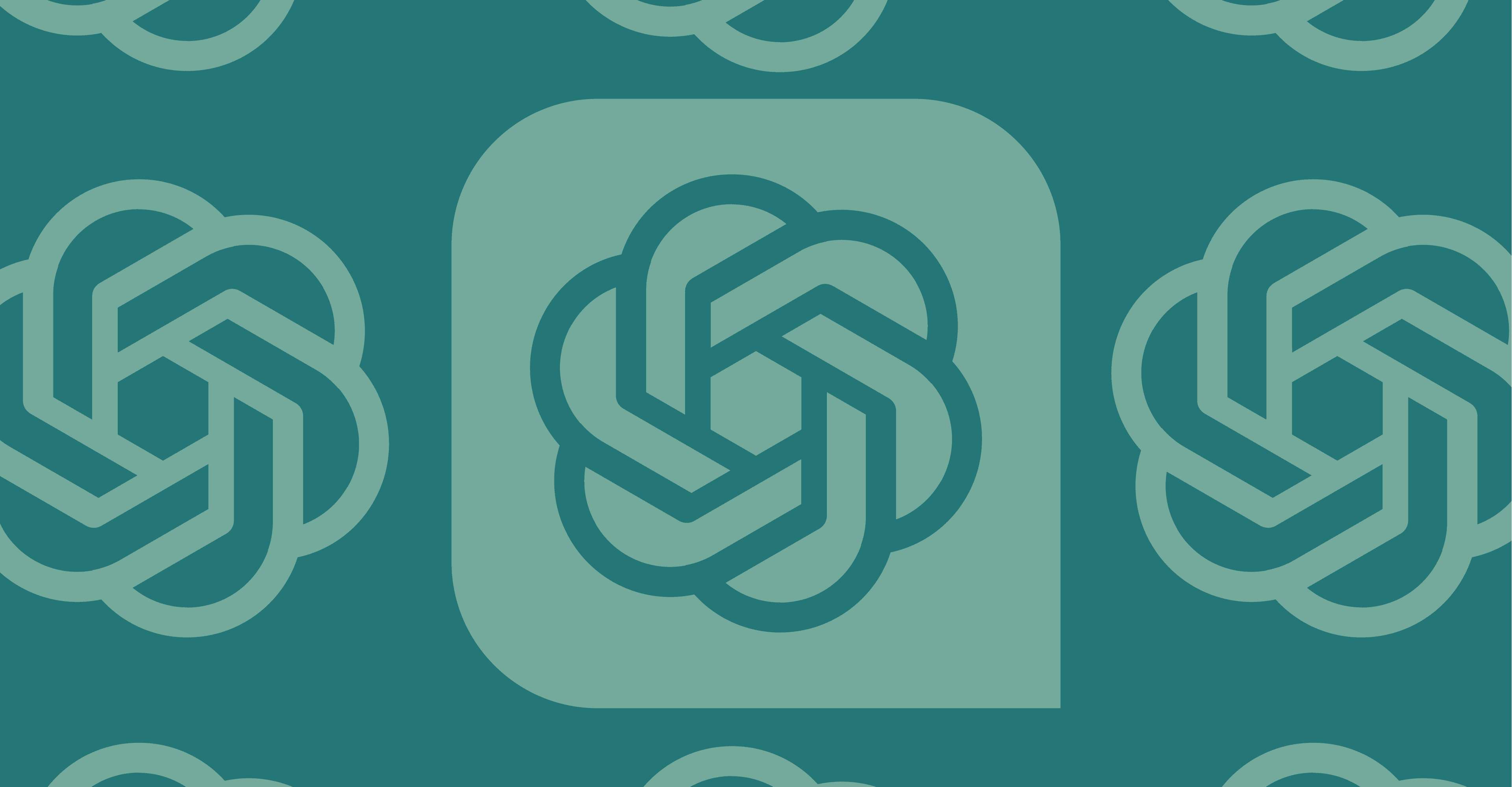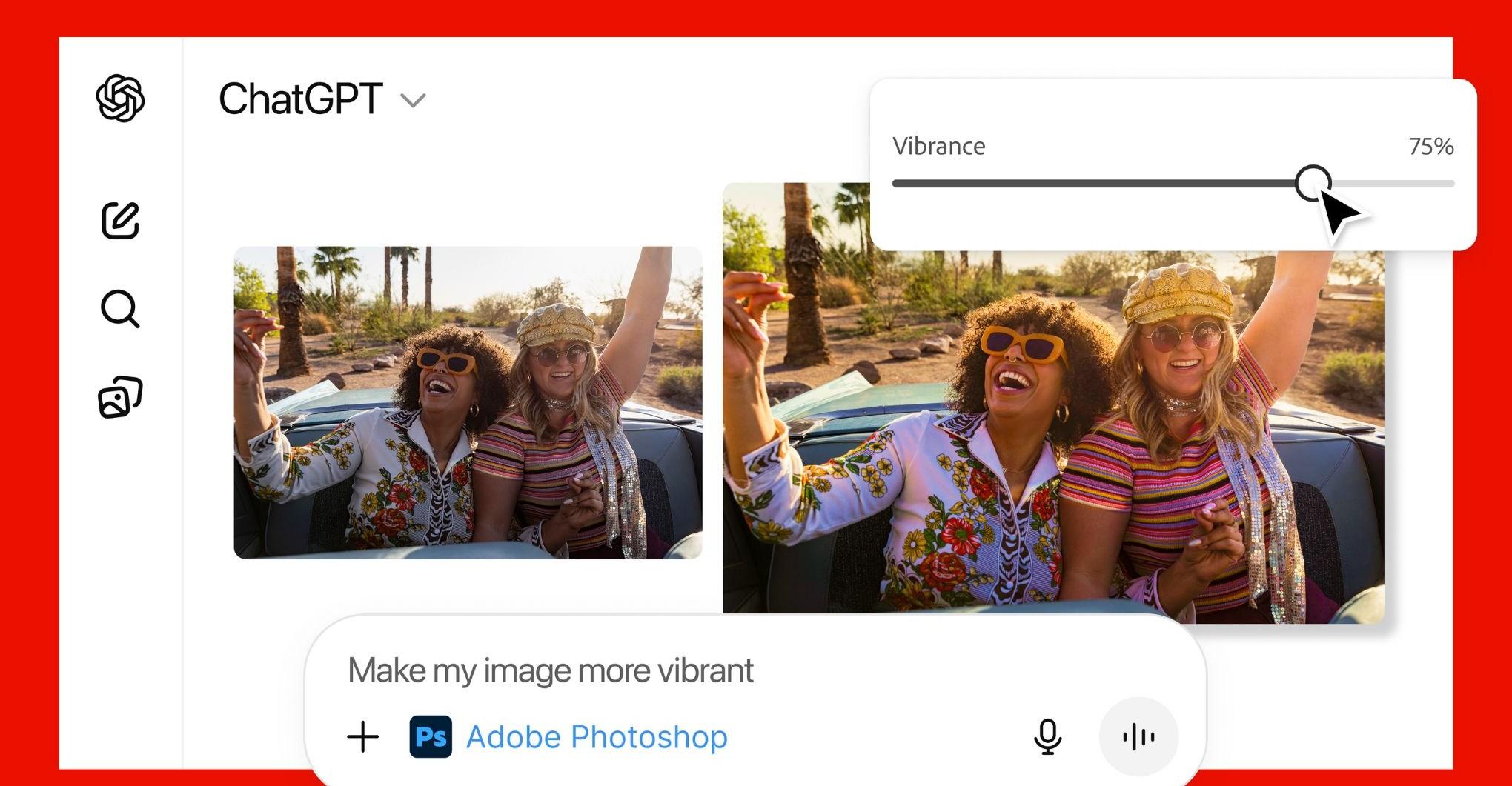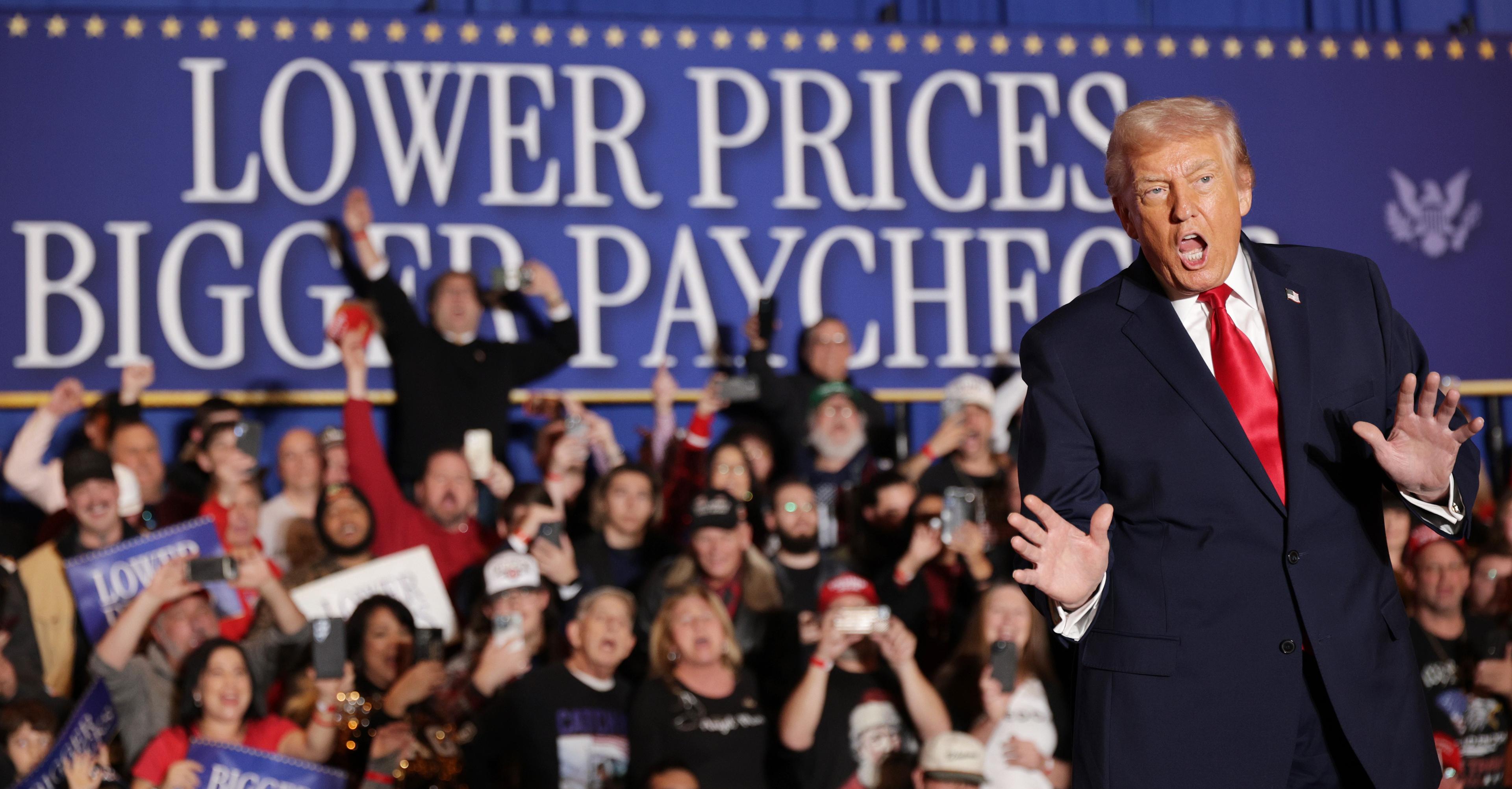At the risk of stating the obvious, AI is absolutely everywhere lately. There’s AI in your car, AI in your messaging app, AI in your glasses. I’ve gotten pretty desensitized to it all as a hazard of the job, but it was Spotify’s AI DJ that actually got my attention.
- Home
- Technology
- News
Spotify’s AI is no match for a real DJ
Spotify’s AI DJ sounds eerily human and knows what kind of music you like, but there’s just nothing like the real thing.


I’ve listened to a top 40 radio station in the past two decades, so I’m familiar with the concept of a robot picking music for me. In that context, an AI DJ doesn’t seem like much of a stretch. But after using it on and off for a week, I’m convinced it’s the perfect analogy for our AI-everything moment. It’s eerily human, and it plays a lot of music I like. But take it from someone with access to a high-quality local indie radio station — one that employs human DJs! — there just ain’t nothing like the real thing.
Spotify’s AI DJ has been around since early 2023, but it piqued my interest recently when I was scrounging around the app looking for some work-friendly tunes. The AI voice greeted me by name, then after a little preamble, told me it had some “dream pop and neo-psychedelic waves” picked out. As the music started, I was annoyed at how extremely my shit it was. I shouldn’t have been surprised, considering that Spotify has nearly a decade’s worth of data on my musical listening habits. It drew on my previous listening for the next track, too: a song by Classixx, whose Hanging Gardens album I listened to on repeat last year. But while I listened to Hanging Gardens on Spotify, I didn’t discover it there. I heard it first on KEXP — a local station where real humans pick the music.
See, here in Seattle, we’re extremely spoiled. In between the robot-programmed, conglomerate-owned stations, we have a real honest-to-god independent station on our radio dials: 90.3, to be precise. I started listening to KEXP through their online stream years before I moved to Seattle. Being a local has only made me more of a fan; I celebrated the opening of the “new” KEXP location in 2016 and saw one of my favorite bands play a free in-studio show there not long before they broke up. I’ve logged countless hours working on my laptop in the community gathering space. Being able to walk into my favorite radio station and just like, hang out, remains cool as hell all these years later. I wish every city in the country had a KEXP.
It’s not that I like everything that I hear on KEXP. “The Friday song” is banned in my house because my husband and I are both so sick of it. And as much as I’ve tried, I can’t get into Wet Leg. It’s a me problem. But that’s kind of the point of a radio station, isn’t it? You hear some stuff you like and some stuff you’re not as into. Maybe you hear a song you forgot about but love or a band you dig that you’ve never heard before. It’s a well-rounded meal, while an AI-curated set feels like a dessert buffet. It’s all the stuff you love, and it’s great at first, but then it gives you a stomach ache after a while.
It hits different than when it comes from an algorithm
In the era of Spotify algorithms and top 40 stations, a DJ might seem like an abstract concept. But KEXP’s DJs are very much real people that I see out in the community, emceeing local music festivals and shopping at the co-op grocery store. It’s an obvious but crucial difference. When a real human plays a song you really like because they really like it, too, it hits different than when it comes from an algorithm.
Being on air and sharing music is “a way of connection with thousands of people across the world,” says Evie Stokes, DJ and host of KEXP’s Drive Time. “It’s a great way for me to be honest and have accountability and community that I think we so desperately need.”
Her connection to the audience is built through and alongside the music; Stokes has shared her journey into sobriety with her listeners. “Every time I talk about it on air… I get an influx of messages from folks who are going through similar paths in their life.” That connection simply can’t exist when the only thing running the station is a robot.
One of the downsides of being employed as a writer is that it’s basically impossible for me to listen to the radio while I work. I can’t write to songs with lyrics, and I definitely can’t write while a DJ is talking. So I turn to Spotify a lot during the workday, and I’ve listened to plenty of “lofi” and “smooth jazz beats” playlists while blogging. I’ve used another of Spotify’s AI features, too: AI-created playlists. For the purpose, they’re fine. Best of all, there’s no pretense that a human is picking the music for me. I tell the computer what mood I’m in, and it assembles a playlist of tunes that fit the assignment.
If nothing else, the AI DJ is a kind of totem of the particular AI moment we’re in. Generative AI is buzzy, and tech companies are busy shoving it into every corner of every product they make, whether it has any business being there or not. There’s plenty of stuff AI can do and probably will do for us in the near future. But standing in for a real human, especially in creative applications, isn’t one of them. Take it from the Polish radio station that tried — and failed spectacularly — to replace its human presenters with AI characters.
A podcast is just humans talking to each other
Does anyone actually want an AI DJ calling them by name? Does anybody want an AI-generated DM from their favorite creator? Does anyone want to have a Zoom meeting with your AI avatar? Maybe, but I think the tech executives pushing for more of this stuff are vastly overestimating this demand and underestimating the value that a real human brings to an exchange. People want to listen to podcasts, for Christ’s sake. A podcast is just humans talking to each other. Conceptually, listening to a podcast is about as advanced as gathering round the radio for your favorite program like people did a hundred years ago. Some things are constants.
On the day I started listening to the Spotify AI DJ, I got in the car that afternoon to pick my kid up from daycare. DJ Riz was hosting Drive Time on KEXP, and the first thing I heard him play was “Sunshine, Lollipops and Rainbows” by Lesley Gore, released in 1963. It’s a bop that’s as syrupy-sweet as the candy in its title. Riz followed that up with Love from Mos Def’s 1999 album Black on Both Sides. I’m sure I wouldn’t have listened to either of those songs on my own that afternoon, let alone back to back. But it worked, and the juxtaposition made me smile. You just don’t get that kind of thing from AI.
Security forces kill 13 Khwarij in two separate engagements in KP: ISPR
- 12 hours ago
Sources: Rangers address needs with 3 signings
- 18 hours ago
Diaz picked Dodgers because 'I'm looking to win'
- 18 hours ago
Jays president Shapiro given new 5-year deal
- 18 hours ago
Bondi Beach shooting: Australia hails ‘hero’ Ahmed who stopped gunman
- 11 hours ago
Australian PM declares Sydney shooting a ‘terrorist’ attack targeting Jews
- 11 hours ago

Pakistan condemns attack on UNISFA in Kadugli, Sudan
- 11 hours ago
Pakistan aims to become model in digital assets regulation: Bilal saqib
- 11 hours ago

How do you know if you’re wasting your life?
- 4 hours ago
Under-19 Asia Cup: India beat Pakistan by 90 runs
- 12 hours ago
Source: Gray, Nats reach deal to avoid arbitration
- 18 hours ago
NHL board of governors eager to see more 'color vs. color' jersey matchups
- 18 hours ago













